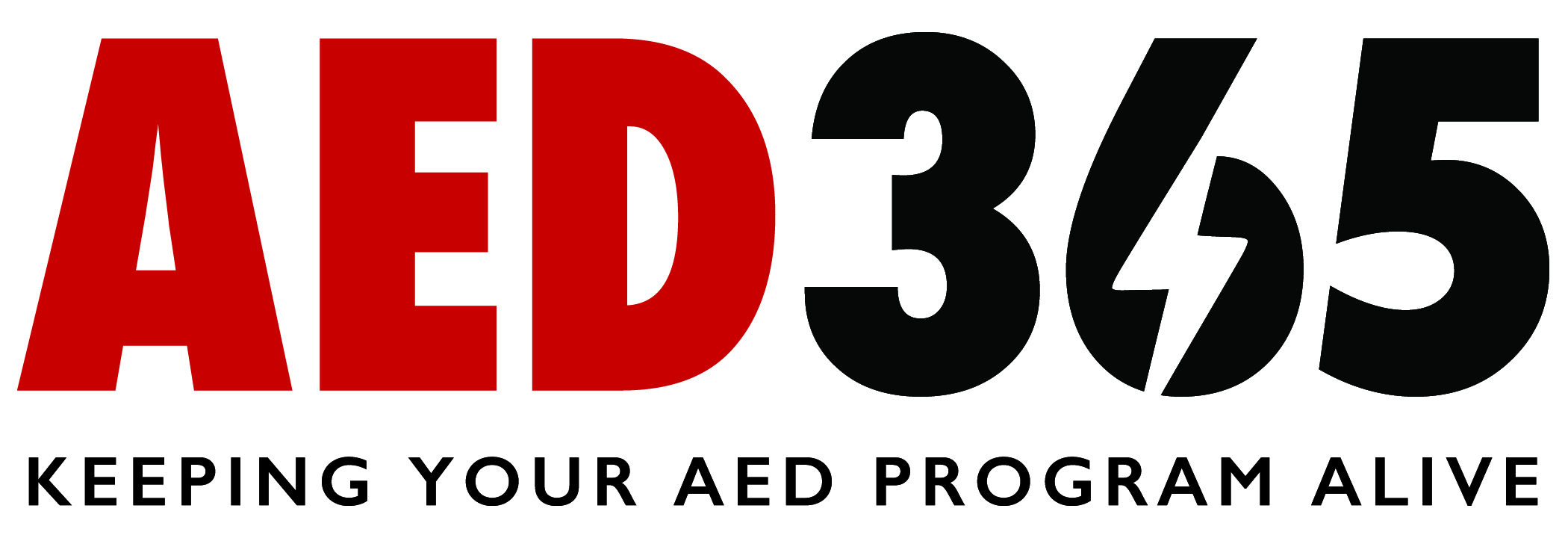
Author: Marcy Burnham, RN
When it comes to emergencies, every second counts. One of the most critical and life-saving tools available in public and private spaces today is the Automated External Defibrillator (AED). AEDs are designed to treat sudden cardiac arrest (SCA), a condition that can happen to anyone, anywhere, without warning. The chances of survival decrease by 7-10% for every minute that passes without defibrillation, but with an AED response plan in place, you can save lives.
Implementing an AED response plan doesn’t have to be overwhelming. An AED response plan is not just about having the right equipment—it’s about preparing your team to respond quickly and confidently when it matters most. The investment in an AED and proper training are small prices to pay when it comes to saving lives. Below are some suggestions on how you can create a response plan for your organization:
1. Purchase and Place AEDs Strategically- Make sure your AED is easily accessible. It should be located in a visible, high-traffic area where anyone can reach it quickly. Common locations include break rooms, near elevators, or main lobbies. Ensure that your organization has enough AEDs to cover large spaces—time is crucial.
2. Train Employees on AED Use and CPR- While AEDs are designed for anyone to use, training employees on how to respond in an emergency is key. Hold regular training sessions that cover basic CPR techniques and proper AED use. This training should also include recognizing the symptoms of cardiac arrest and how to act swiftly.
3. Create a Clear Chain of Response- When an emergency happens, it’s important that everyone knows who’s responsible for what. Designate individuals or teams as emergency response leads. These people should know how to operate the AED, provide CPR, and call for emergency medical services (EMS). Post emergency procedures in visible areas around the workplace.
4. Regularly Maintain Your AEDs- Like any life-saving equipment, AEDs require regular maintenance. Be sure to check the battery life and expiration dates on electrode pads. Schedule regular inspections to ensure the device is fully functional and ready for use.
5. Conduct Emergency Drills- Regularly practice emergency response drills to reinforce your plan. Familiarity breeds confidence, and in an emergency, you want your staff to feel empowered to act, not panicked. Run through simulated scenarios where employees need to use the AED, call 911, and perform CPR. Make sure everyone understands their role in the chain of survival.
Cardiac arrest emergencies don’t give warnings, but by putting an AED response plan in place, you ensure that when seconds count, you’re ready to act. Make your workplace or organization a safer place today by investing in an AED and empowering your team to be lifesavers. Be prepared, and you might just save a life.
Office: (205) 417-4711
Email: info@aed365.com






